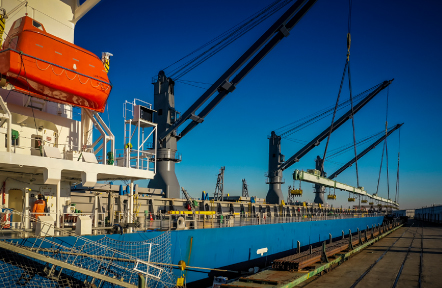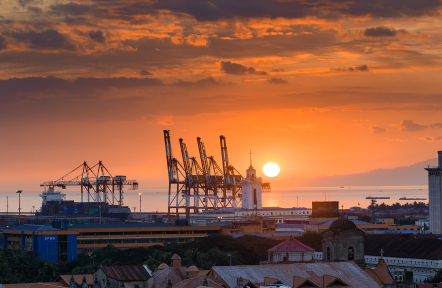As an overall market, Latin America is usually broken down into four major regions: Mexico, South America, Central America, and the Caribbean. Collectively, Latin America continues to provide huge business opportunities for Japan, whose exports to the region are valued at more than $28.7 billion every year.
For Japanese companies, high market growth opportunities are still emerging in several industrial sectors across Latin America with an aggregate market of more than 630 million consumers. This year, GDP growth for the region is predicted to surge to 2.2% from 1.3% in 2017.
And with emerging markets still driving global economic growth, Latin America is expected provide among the best performers. This year, GDP growth in the region is predicted to grow at its fastest pace since 2013, when regional GDP growth reached 2.9 %. The individual country projections for 2018 are: Chile (2.8%), Brazil (2.0%), Peru (2.9%), Colombia (2.6%), and Mexico (2.4%).

The factors favoring investment in Latin America include growing economic stability; a young and educated workforce; an expanding middle class; more democratic political institutions; more open trade conditions; increasing international investments and established active operations.
Japanese companies have a history in the region. From the 1960s, trade between Japan and Latin America has experienced substantial growth, driven by demand for natural resources and the competitive labor costs in manufacturing. By 2015, Japanese investment had expanded into the services sectors.
Relations between Latin America and Asia, particularly Japan, encompass trade and foreign direct investment in a range of industries that benefit both sides and bely a wide-held notion that trade and integration are only about commodities-for-manufacturing.
The most recent effort to further open trade opportunities is the Comprehensive and Progressive Agreement for Trans-Pacific Partnership (CPTPP), a revival of the abandoned Trans-Pacific Partnership.
The CPTPP is a trade agreement agreed to in principle in January 2018 between Australia, Brunei, Canada, Chile, Japan, Malaysia, Mexico, New Zealand, Peru, Singapore and Vietnam and signed in March 2018 in Santiago, Chile.
This new agreement, coupled with continuing successes from on-going arrangements, will focus on the role of companies and governments in seeking new areas of mutually beneficial trade and investment and encouraging a broader distribution of developmental gains.
The outlook for opportunities is very positive and well worth consideration by Japanese businesses looking for strategic expansion into Latin America.
(Ed. Note: Javier A. Mazon is president and general manager of Group Lamerica, an American business consultancy and operational services company)












